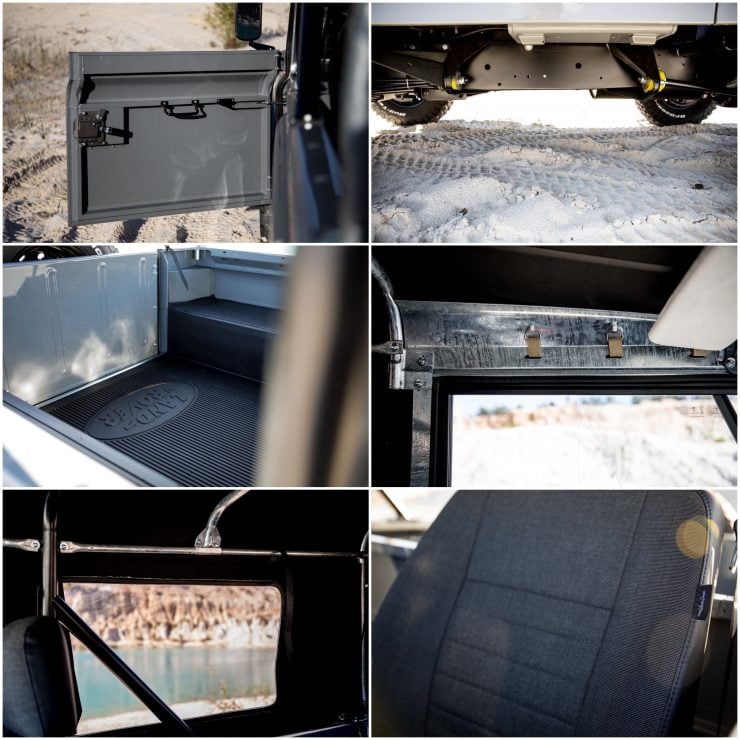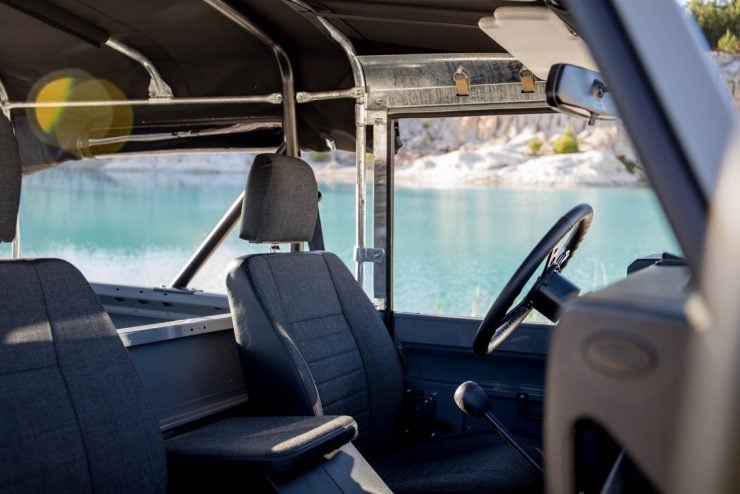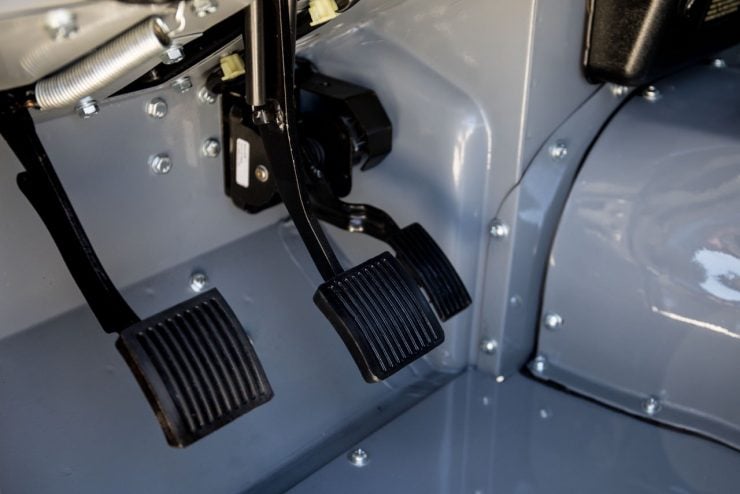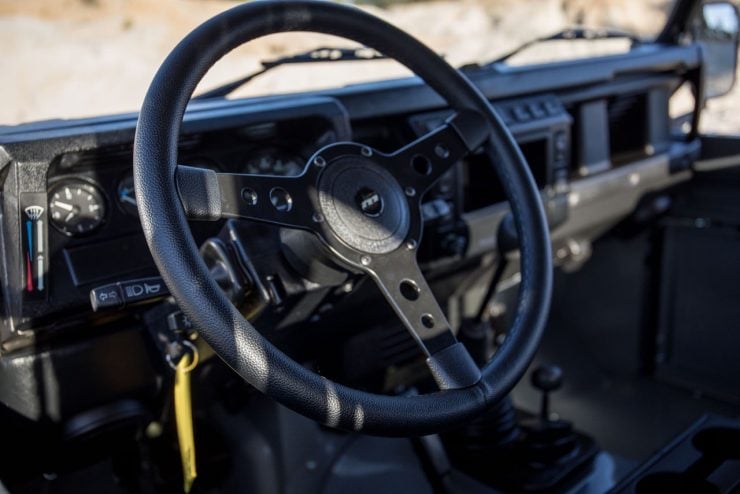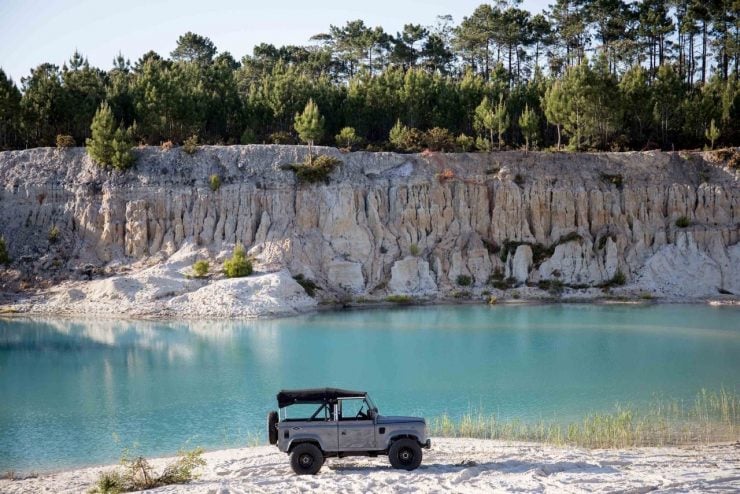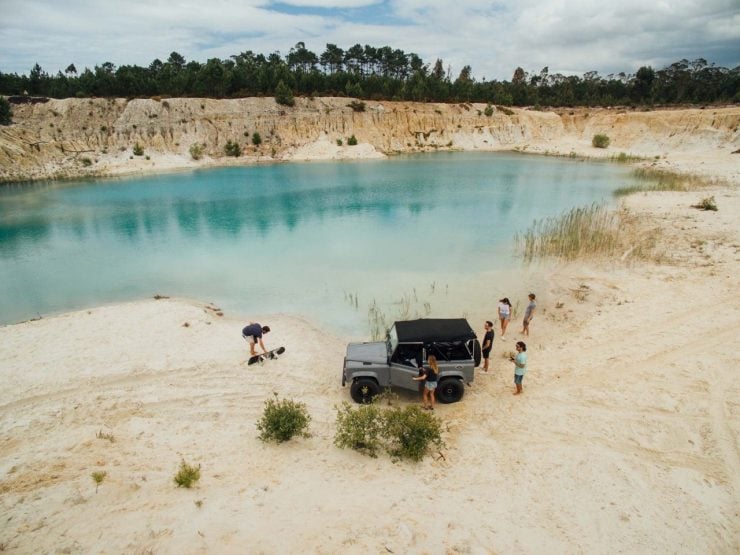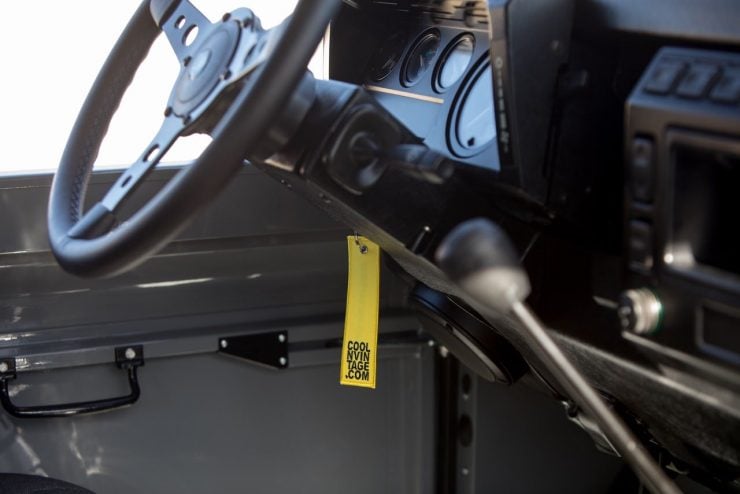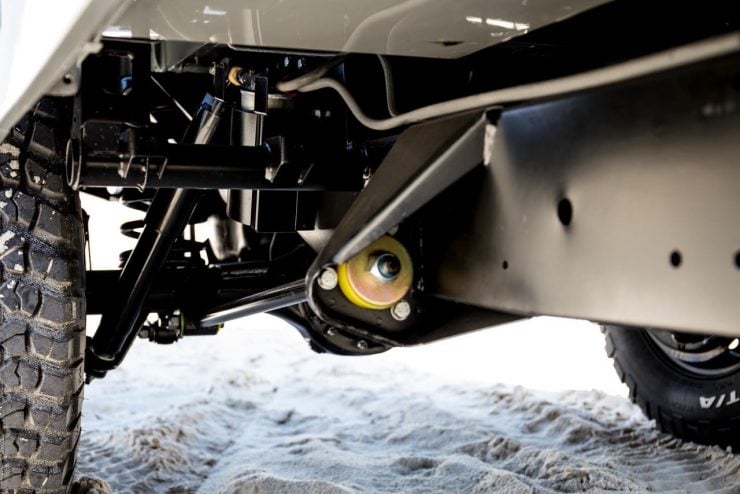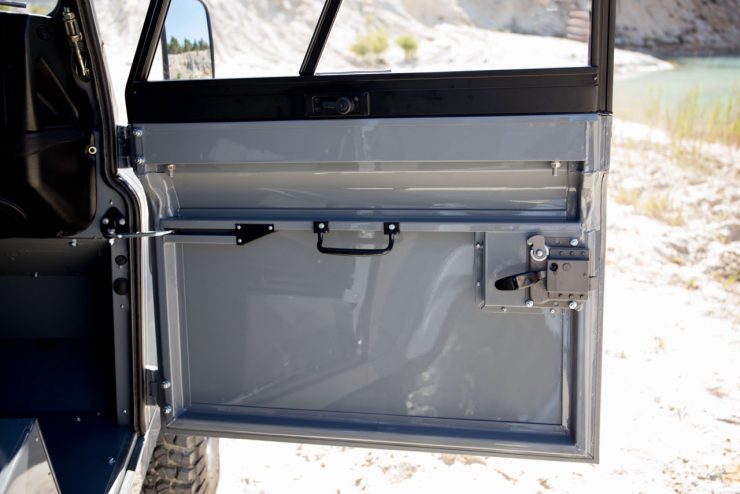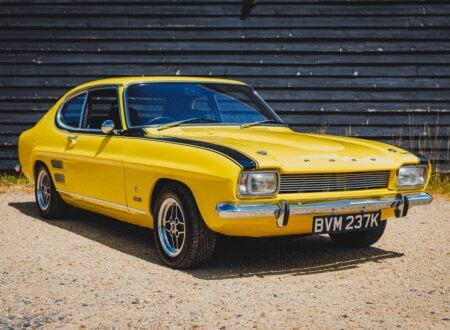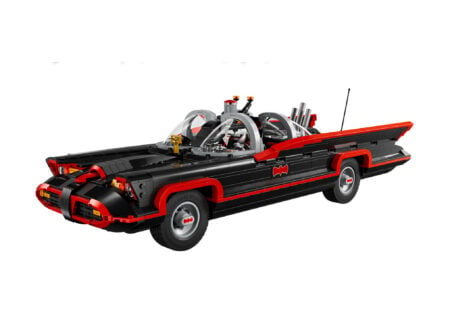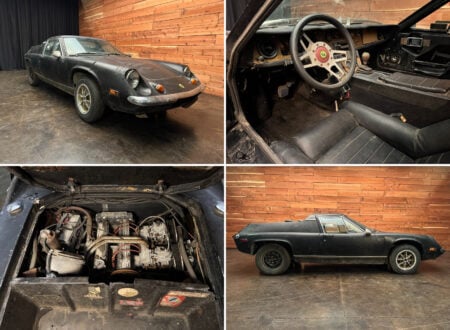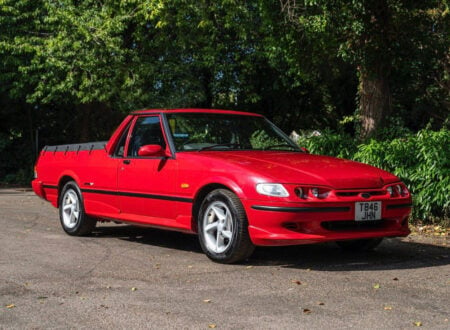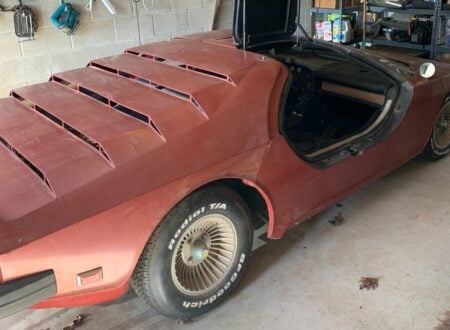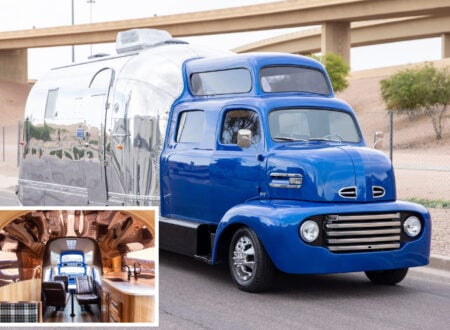A Short History of the Land Rover Defender
The Land Rover Defender was the vehicle that effectively kept the original Land Rover from being made hopelessly obsolescent by the new generation of Japanese four wheel drives, most notably the Toyota Land Cruiser and the Nissan Patrol. The Series I, II and III Land Rover was limited to a highway cruise speed of about 55mph whereas the Land Cruiser could happily sit on 65mph all day and it was arguably just as good off-road.
The Land Rover Defender was created in two stages of development. The first stage was the 1979 Land Rover Series III Stage I V8. This was a Series III fitted with the Range Rover V8 engine and constant four wheel drive transmission, complete with centre lock-differential. Results obtained with the Stage I V8 were sufficiently encouraging for Rover to commit to re-designing the Land Rover and substantially upgrading it. This re-design kept the chassis little different to its predecessors, but fitted with wider track axles and a new coil spring suspension. Brakes were improved also and to accommodate the wider track the wheel arches were fitted with extensions giving the new Land Rover something of a sporty rally car look.
The body was still much the same being made of Birmabright aluminium alloy panels over a steel frame with steel bulkhead. There were differences however with the new one piece windscreen being higher than that of the previous models. In addition to this the interior comfort and sound proofing were improved.
The new model made its debut in 1983. The first version was the long wheelbase Land Rover One Ten: named for its 110″ wheelbase. It was followed the following year by the short wheelbase 1984 Land Rover Ninety.
These new models were offered with either the 3.5 litre alloy V8 engine, or a choice of the 2.25 litre diesel or petrol engines. These old engines had been upgraded by the fitting of five bearing crankshafts, and the diesel was subsequently further improved by having its capacity increased to 2.5 litres.
The “Defender” name was not given to these vehicles until 1989 by which time Land Rover had brought out their new Discovery model and wanted to give the Land Rover a similar sounding name. The renamed models were called the Land Rover Defender 110, and Defender 90, the names that they kept all the way through until production ended in 2016.
One of the most notable changes to the vehicle was the changeover to the new Td5 diesel engine which replaced the aging 2.5 litre diesel.
The Land Rover Defender Td5 Shown Here
Of all the diesels that have been fitted under the aluminium hood of the Defender since its introduction, one of the most popular has been the Td5. Rover developed the Td5 under the code name Project Storm, to create a new line of diesel engines that could be fitted to both 4x4s and road cars in various capacities and cylinder counts.
More than anything, Land Rover needed the Td5 to be tough, and to meet modern Euro-spec emissions regulations. Purists decried the change from mechanical fuel injection to Electronic Unit Injection, fearing it would be difficult or impossible to fix in the field. They were slowly won over as they realised how reliable the new engines were – and how much more efficient they were than the outgoing 300Tdi, which was still based on the antiquated Land Rover diesels of decades past.
With 221 lbf.ft of torque, the 2493cc Td5 offered solid gains over its predecessor. It also utilised a more modern SOHC design than the OHV unit on the 300Tdi, a larger Allied Signal GT20 turbocharger, and the aforementioned Electronic Unit Injection by Lucas.
The Defender 90 you see here has just been through a nut and bolt restoration with the team at Cool n’ Vintage based out of Portugal. It started out as a 2002 Td5 but it’s been stripped back to a bare chassis and rebuilt from scratch, with a new interior, a new soft top , black painted steel wheels and a set of 5 BF Goodrich Mud Terrain tires. The internal steel frame for the roof has been galvanised to protect against rust, all the original rubber bushings have been replaced with modern polyurethane units, and the somewhat clunky original steering wheel has been swapped out for a more sports-oriented example.
If you’d like to read more about this Defender or enquire after buying it you can click here to visit Cool n’ Vintage or follow them on Instagram – Vimeo – Facebook.

